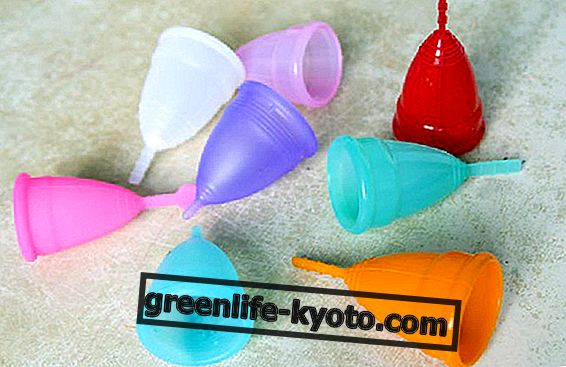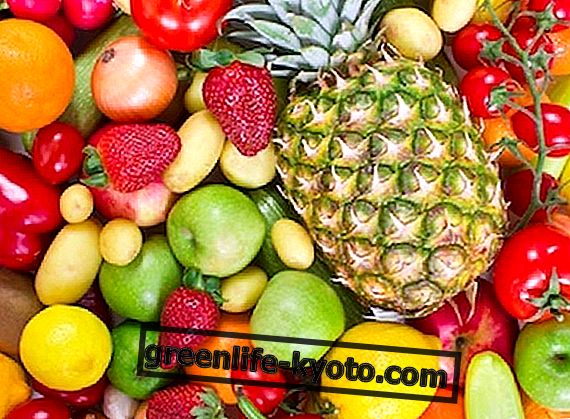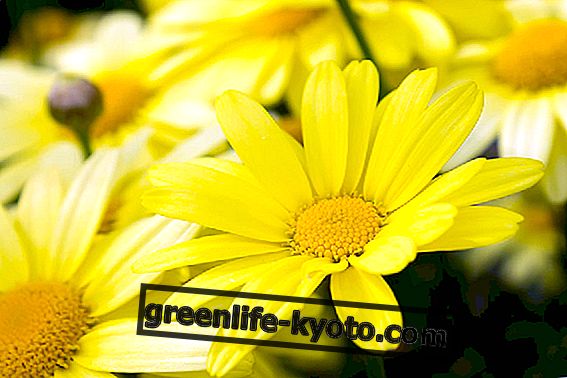
Tea preparation
Whether it is green tea of various kinds, white tea or plain black tea in sachets, whether we rarely drink tea or are passionate about the art of tea and meticulous followers, learning how tea is made is a point of our advantage when tasting the drink. The essential elements for a good preparation of the tea turn out to be: the type of tea, the water used, the accessories. Let's see them one by one.
Tea
It is clearly very important to choose the raw material for preparation. The tea, in leaf or sachet that it is, according to the origin and the traditions of the various countries, must be of good quality, its certification and origin must be checked . Tea is also a very sensitive product, you must also be careful how to store it. In fact, after opening it, it is advisable to store it in a cool and dry place, away from direct light, so as not to lose its aroma.
The water
Usually, for the preparation of tea, tap water is used which, in some cases, could have a particular taste or smell. We understand how important water is for making tea from what the Chinese call it, or "the mother of tea". In reality, for a good preparation of tea, it is important to use light and tasteless water, therefore not too full of minerals or chlorine.
The water should not even be too alkaline, as this would cause the oxidation of the polyphenols and therefore the beneficial effect of the tea, particularly green tea, would be lost. For an excellent tea tasting it is therefore possible to use running water that comes out of the tap, as long as it has good chemical and organoleptic qualities. But if you are not so lucky you have to rely on the bottle, even if you still have to be wary of mineral water, not always light and certainly more "stagnant" than the current one.
The water temperature
To make a good infusion, the water should have a temperature around 70 ° / 80 ° for green teas, higher for black or red tea while, on the contrary, for white tea the temperature should not reach boiling, at most 70 °. The infusion time varies from tea to tea and depending on the effect we want to achieve, very long for white tea, for example.
It must be borne in mind, in fact, that the theine is released immediately after pouring the tea, precisely during the first two minutes, to make room for tannins, from the third to the fifth minute of infusion. If you want a less heavy tea, you will have to rinse the tea with boiling water before leaving it to infuse. The water must therefore be brought to the boiling temperature and then left to rest for a few seconds. The teapot is rinsed with warm water to warm it and purify it and the tea leaves are placed. In the case of tea in sachets, it will be left in infusion for the indicated time.
Accessories: teapot and cups
The teapot is, of course, the most important object. Tea lovers have more than one, to be used depending on the type of tea and the greater or lesser number of people who taste it. In fact, there are large teapots for many people and smaller teapots to enjoy an excellent cup alone. The teapots can be in porcelain and glazed, or in terracotta. The former are indicated for the preparation of green teas and more delicate teas, while the latter, which absorb more aroma, are used for black teas and stronger teas with a strong taste
Curiosity : In addition to the various tea ceremonies, at the Cultural Association La Casa del Te, in the Italian National Tea Museum you can admire the 500 Japanese teapots on display, in addition to the various tools.













